What is spandex

What is Spandex?
Spandex. It's in your yoga pants, your swimsuit, maybe even your socks. But have you ever stopped to think about what this stretchy wonder fabric actually is? It's not just a brand name (that's Lycra, by the way), it's a whole category of fabric with a fascinating backstory. In this blog post, we'll dive into the world of spandex, exploring its history, production process, properties, uses, and even its impact on the environment. So, get ready to stretch your knowledge about this fabric that has become an integral part of our modern lives.
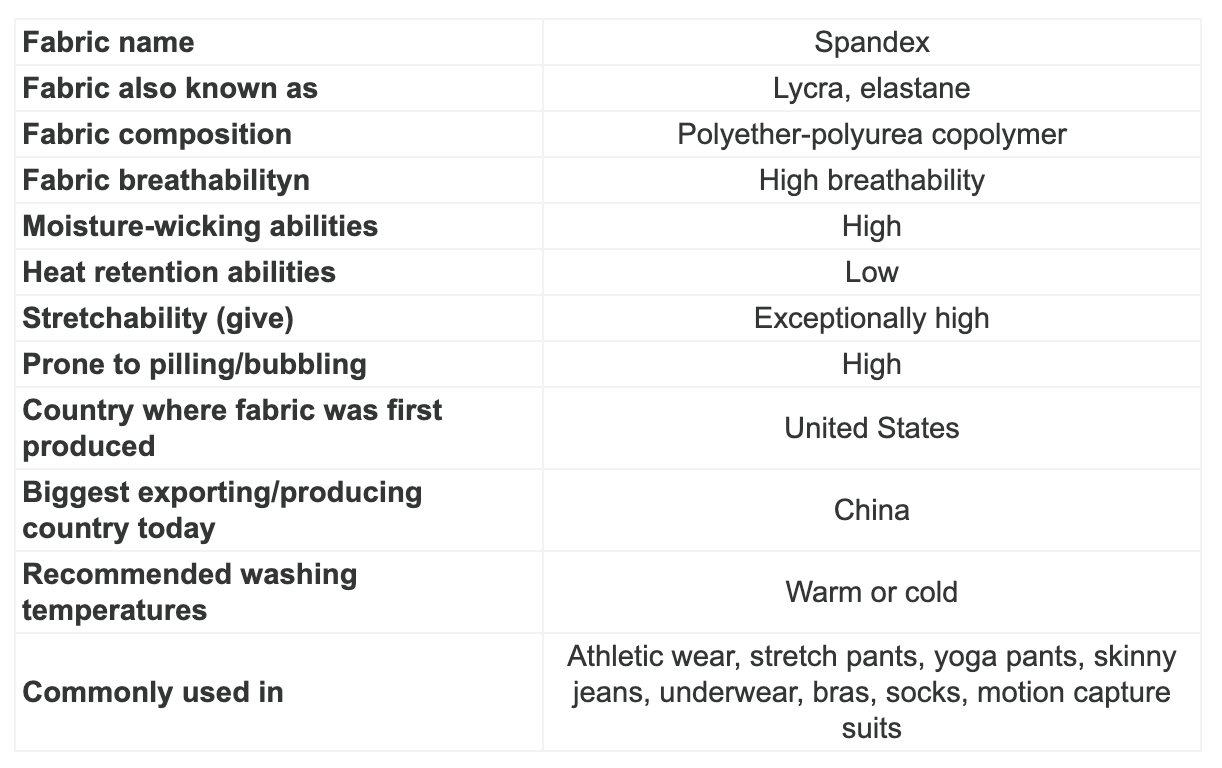
What is Spandex?
Is spandex made of synthetic or natural materials? Synthetic materials like spandex are created from chemical compounds, as opposed to natural fibers like wool or cotton. It is becoming more and more popular due to its elastic qualities. But unlike what most people believes, the term "spandex" is not a brand name. The phrase is frequently used to characterize materials composed of polyether-polyurea copolymers that have been created using a variety of production methods. The words spandex, Lycra, and Elastane can all refer to the same material.
The fabric can stretch up to 5-8 times its normal size and is commonly used to make form-fitting clothes for consumers. In most situations, it isn't used in garments, but rather, smaller bits of this fabric are weaved into other semi-synthetic, synthetic, organic,or or synthetic fibers.
The special stretch and recovery qualities of spandex are derived from its blend of polyester and polyurethane. Polyester makes up the majority of the material, with polyurethane often making up only 2–10% of the total composition of fabric.
Spandex is composed of repeating chains of monomers held together by acid, it can be used to improve the quality of fabrics that are known to be heat-sensitive, such as polyester and nylon. Spandex gained popularity quickly because of its stretchiness and is now found in many different kinds of clothing; almost every consumer owns at least one item of clothing that contains spandex.
The Birth of Spandex
IG Farben, a German company, invented polyurethane for the first time in 1937. Most IG Farben textile engineers relocated to DuPont, a prominent American synthetic textile development company, after World War II. The goal of DuPont scientists' polyurethane research was to develop a new, extremely elastic polymer fabric. In the process of development, the fabric was called "spandex." When the fabric was finished, it was sold under the brand name Lycra, but most people refer to it as spandex.

What Is Spandex Made Of?
Spandex, the stretchy fabric found in everything from yoga pants to swimwear, undergoes a fascinating creation process. It all begins with the production of a prepolymer, achieved by mixing macroglycol and a diisocyanate monomer in a specialized reaction vessel. This prepolymer then undergoes a chain extension reaction, typically with diamine acid in the dry spinning method.
The resulting solution is diluted with a solvent for easier handling and then enters a fiber production cell. Within this cell, the solution is extruded through a spinneret, forming fibers and curing the elastane material. These fibers are then heated in a nitrogen and solvent gas solution, transforming the liquid polymer into solid strands.
As the strands exit the spinning cell, they are bundled and twisted together using a compressed air device. The next step involves finishing, where the elastane is treated with magnesium stearate or another polymer. Finally, the finished elastane is loaded onto a spool, ready to be woven into the versatile fabric we know as spandex.
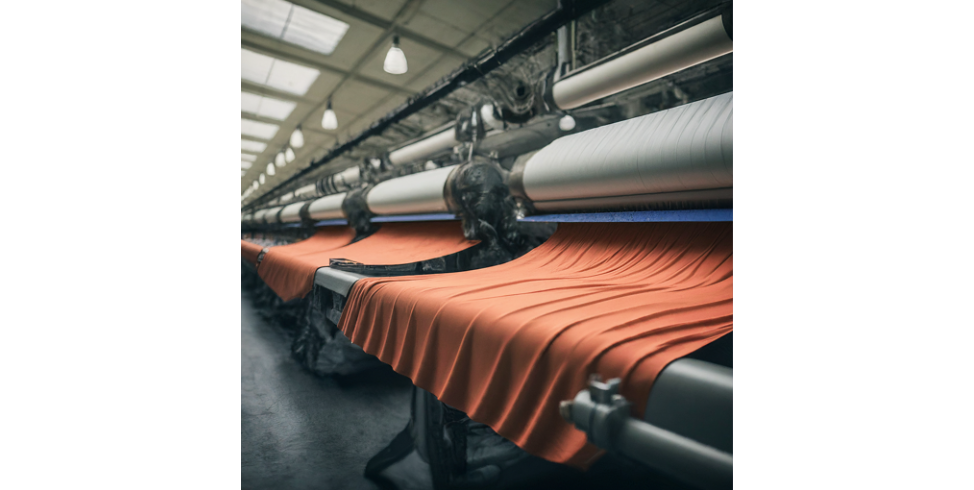
Properties of Spandex Fabric
Some of the key properties of spandex fabric include:
Stretchability
Spandex fabric can stretch up to five times its original length, making it an excellent choice for creating form-fitting clothing that is comfortable and easy to move in.
Comfort
Spandex fabric is lightweight, soft, and comfortable to wear. It allows for freedom of movement and breathability, which makes it a popular choice for activewear and athleisure.
Versatility
Spandex can be blended with other fibers, such as cotton, polyester, or nylon, to create a range of different fabrics with unique properties
Durability
Spandex fabric is known for its durability, and it can withstand repeated stretching, washing, and wear without losing its elasticity or strength.
Lightweight
Spandex fabric is lightweight and breathable, making it ideal for creating activewear and sportswear that allows for freedom of movement.
Quick-drying
Spandex fabric dries quickly, making it a popular choice for swimwear and other water-resistant clothing.
What is Spandex used for?
Spandex is a versatile fabric that is widely used in many different consumer and industrial applications. Some common uses of spandex fabric are:
1. Form-Fitting Garments
One of the most common applications of spandex is in form-fitting garments. This fabric is often used in underwear, swimwear, and sportswear, as it provides a snug and comfortable fit without restricting movement. Spandex can also be woven into other fabrics, such as cotton and wool, to add elasticity and improve the garment's fit.
Sportswear
The sports and activewear industry heavily relies on spandex fabric!
Its stretch and recovery properties make it ideal for producing athletic leggings, sports bras, compression sleeves, and other performance-enhancing garments. Spandex fabric enables freedom of movement and provides support during physical activities.
Undergarments & Swimwear
Its ability to conform to body contours and provide a snug fit makes it a popular choice for undergarments and swimwear.
It is commonly used in the production of bras, panties, shapewear, and swimsuits due its stretch, which ensures comfort and a flattering silhouette.
2. SOCKS
Spandex is also used in the production of socks. It helps to keep the socks in place, prevents them from slipping down, and makes them easier to put on and take off. The amount of spandex used in socks varies, depending on the desired level of elasticity.
3. Sports Equipment
Spandex is widely used in sports equipment such as bicycling apparel, compression shorts, and team uniforms. This is because it offers flexibility and allows athletes to move freely while playing their sport.
4. Industrial Applications
Spandex is also used in industrial applications such as motion capture suits in the film industry. It is used to make the suits more form-fitting and generate more realistic 3D characters.
5. Fashion Industry
Spandex has transformed the fashion industry by enabling the production of form-fitting and body-conscious clothes.
The fabric's stretchability improves the fit, comfort, and design of these apparel items, making it a popular fabric for stretch jeans, leggings, dresses, skirts, and tops.
6.Medical
Spandex’s compressive nature makes it suitable for medical and compression garments.
It is often used in the manufacturing of compression stockings, sleeves, and orthopedic braces.
These garments help improve blood circulation, provide support, and aid in the recovery process.
What Are The Different Types of Spandex Fabric?
There are various types of spandex fabric available in the market, each with its own unique properties and applications. Here are some of the most popular ones:
Cotton Spandex: This blend combines the natural softness and breathability of cotton with the stretch and recovery of spandex, resulting in comfortable, form-fitting garments that are perfect for everyday wear.
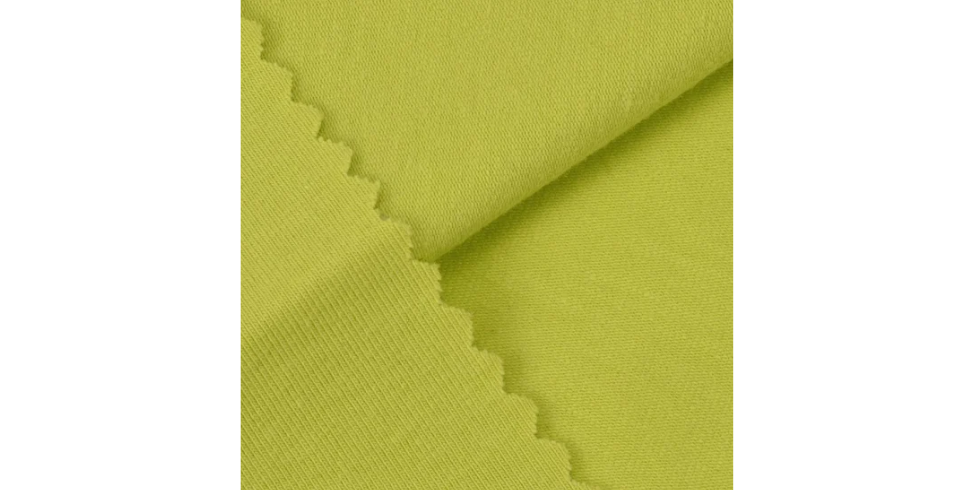
Nylon Spandex: Renowned for its durability and resistance to abrasion, nylon spandex is a popular choice for activewear, swimwear, and dancewear, as it can withstand rigorous movement while maintaining its shape.
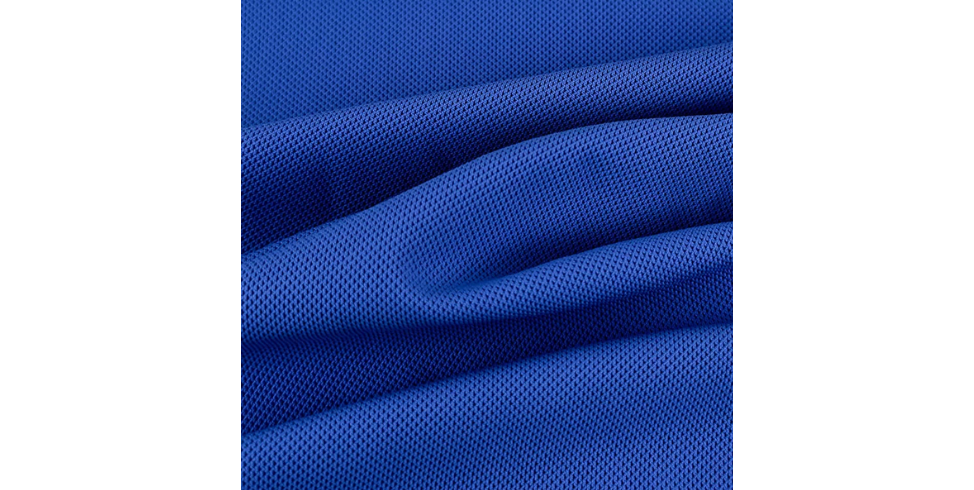
Polyester Spandex: This blend excels in shape retention and wrinkle resistance, making it ideal for activewear and garments that require a polished look. It's also known for its durability and moisture-wicking properties.
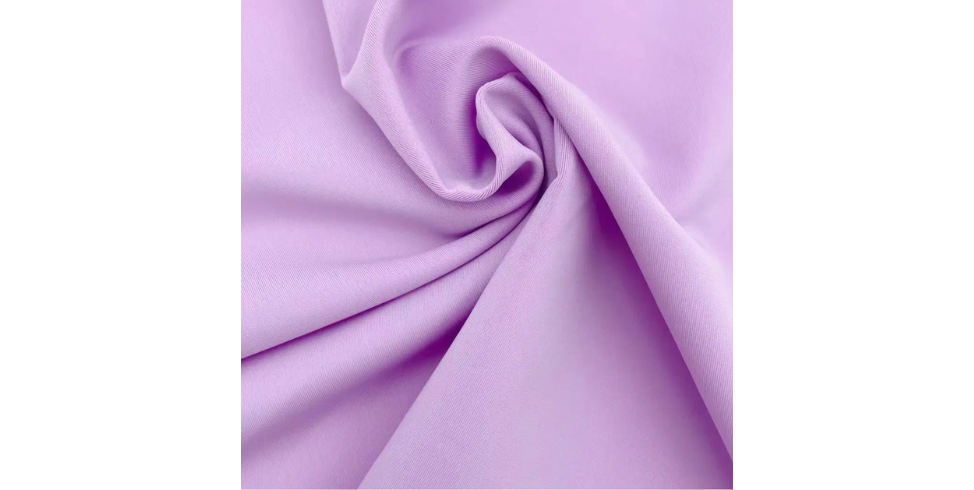
Rayon Spandex: Combining the luxurious drape and softness of rayon with the stretch of spandex, this blend is perfect for creating comfortable, flowy garments that are ideal for casual wear and loungewear.

Spandex, Elastane, or Lycra: What's the Real Name?
Spandex" may be the most common name for this stretchy fabric, but it's not the only one! Depending on where you are and who made it, you might hear it called something different.
In North America, "spandex" is the word most people use, A fun fact is that it was originally made by rearranging the letters in "expands." However, folks across the pond in Europe tend to say "elastane" instead, which is actually a more accurate name for its chemical makeup.
There's also "Lycra," but that's a special case. It's a brand name owned by DuPont, so only their spandex can be called "Lycra." But don't be fooled, it's the same stuff as any other spandex or elastane, just with a fancy label!
Is Spandex Fabric the Same as Lycra?
Spandex and Lycra are often used interchangeably, but it’s essential to understand their relationship.
Spandex is a generic term for a type of synthetic fiber known for its exceptional stretch and elasticity.
On the other hand, Lycra is a specific brand of spandex fibers produced by The LYCRA Company, which produces authentic LYCRA® brand spandex fibers.
A way to think about it is that while all Lycra fibers are spandex, not all spandex fibers are Lycra.
The Spandex Environmental Impact
Despite its popularity, spandex isn't exactly the most eco-friendly fabric out there. While it might not be as bad as some other synthetic textiles, it still leaves a mark on the environment, and so far, no one's found a good way to fix this.
Looking only at how it's made, spandex doesn't seem too harmful. Unlike nylon, which comes from non-renewable sources like coal and oil, spandex is created entirely in labs using chemicals. This makes it energy-hungry to produce, but this issue could be solved by using renewable energy. There's a chance that making spandex could pose health risks for workers, like with polyurethane production, but no one's really looked into this yet. We also don't know for sure if spandex contains isocyanates, those nasty chemicals found in polyurethane, but it's a possibility.
The real environmental trouble with spandex starts after it leaves the factory. A whopping 60% of the trash clogging up U.S. waterways is made of non-biodegradable textile fibers, with spandex garments and fibers playing a big part. Even if spandex is thrown away properly, tiny bits of it end up in the water every time we wash clothes made with it. This harms sea creatures, pollutes our drinking water, and adds to those giant trash islands growing in the ocean.
Just like other non-biodegradable textiles, spandex will outlive us all. Right now, there's no way to turn it into something that breaks down naturally. The best we can do is dispose of it responsibly and wash it less often to lessen its environmental impact.
The Future of Stretch: What Can We Do?
In conclusion, spandex, whether you call it elastane or Lycra, is truly a marvel of modern textiles. Its unique stretch and recovery properties have revolutionized the way we dress, from activewear to everyday fashion. Despite its undeniable benefits, spandex also presents environmental challenges that we can't ignore. As consumers, we can make a difference by choosing clothing made from recycled spandex, washing our spandex garments less frequently, and disposing of them responsibly when their time is up. While the future of sustainable spandex remains uncertain, ongoing research and innovation offer hope for a more eco-friendly version of this beloved fabric. For now, let's appreciate spandex for its versatility and comfort, while remaining mindful of its impact on our planet.
About FittDesign
FittDesign is a full-service design and production company specializing in the sportswear and activewear industry. We provide comprehensive solutions including innovative design, detailed technical packs, and high-quality manufacturing. Our expertise supports brands in creating functional and durable sportswear that meets the demands of a competitive market.
Ready to Bring Your Activewear Vision to Life?
Contact Us today and let’s get started on your project!
